What are the benefits of walking barefoot?
What are the benefits of walking barefoot? It’s become a huge talking point for many so we unravel what can be so great about it

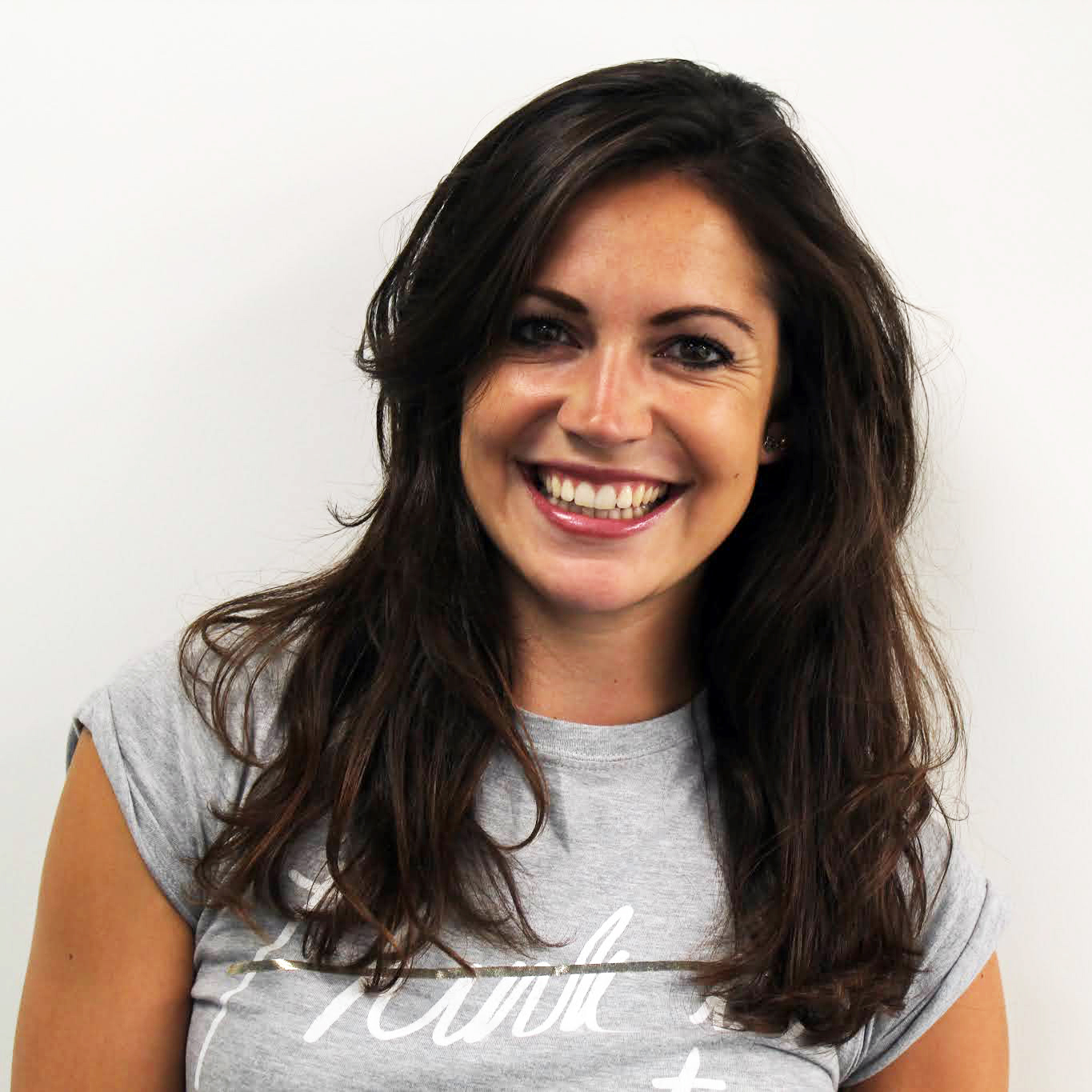
Going natural, and walking without footwear, has been a huge talking point on the wellbeing scene in recent years. But what are the benefits of walking barefoot?
Aside from the fact that walking barefoot is said to help us feel more grounded and connected with the earth below us, walking barefoot is also meant to be better generally for our feet including the many bones and nerve endings within it. Our natural posture could improve, too. Plus, think how much more liberating it could be walking without feet being squashed into shoes; particularly uncomfortable shoes such as heels.
Of course, it can be daunting going barefoot and ditching the best shoes for walking, which keep our feet so protected. The ground outside isn’t always comfortable; particularly certain rougher terrains, so walking barefoot might not always be so appealing.
However, there are some simple ways to make barefoot walking a little easier, and when you discover the benefits of barefoot walking, you might just want to try it for yourself.
We spoke to an expert who opened up on barefoot walking, and why it’s become such a hot topic in wellness.
Five benefits of walking barefoot
There are several benefits to walking barefoot.
1. It connects you with nature
Galahad Clark is the founder of the minimalist running shoe company, Vivo Barefoot.
Get the Fit&Well Newsletter
Start your week with achievable workout ideas, health tips and wellbeing advice in your inbox.

Galahad Clark is a seventh-generation cobbler. His ancestors founded Clarks shoes, and he is now the driving force behind Vivobarefoot, which makes shoes that allow the wearer to enjoy the same range of movement and sensation as if walking barefoot.
Prior to Vivobarefoot, Galahad was running shoe company Terra Plana, and United Nude. He is on a mission to battle the industry’s super brands through sustainable innovations like shoes made from algae, 3D-printed bespoke shoes made for feet and recommerce models like ReVivo.
He says that one of the primary benefits is that it can help you to connect with nature.
“You experience the world around you like never before. The foot has hundreds of thousands of nerve endings and is a sensory organ for a reason. The part of your brain that gets information from your feet is the same size as the part that gets information from your hands – cut that off and the impact to neurological vitality is profound,” he explains.
2. It can strengthen your feet muscles
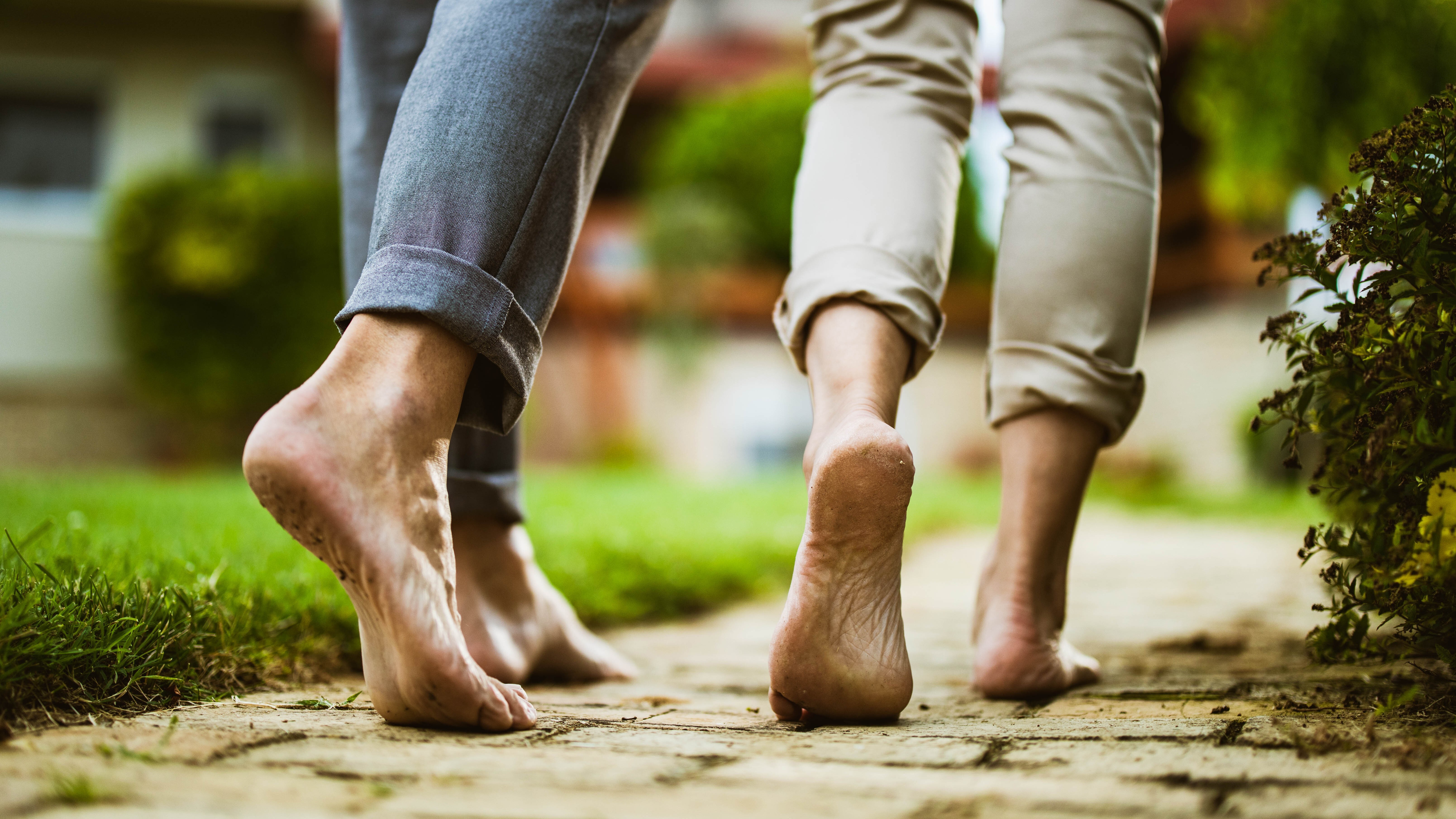
Walking barefoot can also strengthen the muscles in your feet.
According to Galahad, recent studies show that walking around barefoot for six months (without any special exercises) ‘strengthens the hundreds of muscles in your feet by 60%.'
He notes, “This shows that the average Westerner is walking around with feet that are 60% weaker than the natural base layer thanks to tight, overly supportive shoes”.
3. It aligns with your natural posture
Another benefit to walking barefoot is that it fits with your natural posture.
“Barefoot is how the body is designed and any extra heel height or restriction to the natural movement and function of the foot has an effect on the kinetic chain,” says Galahad. The kinetic chain is essentially your joints and muscles, and other parts of the body, working together to move.
“Your big toe is designed to be the body's pivot and anchor point; if the big toe is compromised, like it is in every non-foot shaped shoe, then the 28 bones in your feet are not able to function as designed, which then impacts the rest of the skeletal structural system,” adds Galahad.
4. It can enhance your balance
Improved balance is yet another benefit to walking barefoot.
"By getting accurate sensory feedback from your feet, you naturally improve balance and stability,” says Galahad. He explains that all the most skilful movements are mostly practiced barefoot such as gymnastics and martial arts.
“When these are done in shoes, it can often result in many foot problems.”
5. It can improve your natural movement
Finally, walking barefoot can aid our overall natural movement.
“Regaining your natural foot strength and flexibility is essential to be able to optimise your natural movement system and achieve a springy rhythmic flow at faster speeds to walking,” says Galahad.
“Your human potential for long-distance running peaks around the age of 30,” he reveals, “But your body is designed so that you can naturally maintain your 19 year-old potential until well into your sixties if you maintain natural foot strength and flexibility.”
Are there any risks associated with walking barefoot?
It’s best not to dive straight into barefoot living.
“In the same way you wouldn’t immediately go and play tennis the day after you took a cast off your arm, the advice is very clear: walk before you run,” explains Galahad.
“Take the time to allow the strength in your feet to build up naturally. Using new muscles may create some pain as unused muscles and tendons readjust in the foot.”
In fact, modern-day trainers can force the feet into certain positions and for many of us, we have developed unnatural movements such as heel striking over time.
“So going back to shorter, quicker steps can take time. Ultimately your arch and tendons will strengthen naturally to absorb the impact,” says Galahad.
Tips for walking barefoot
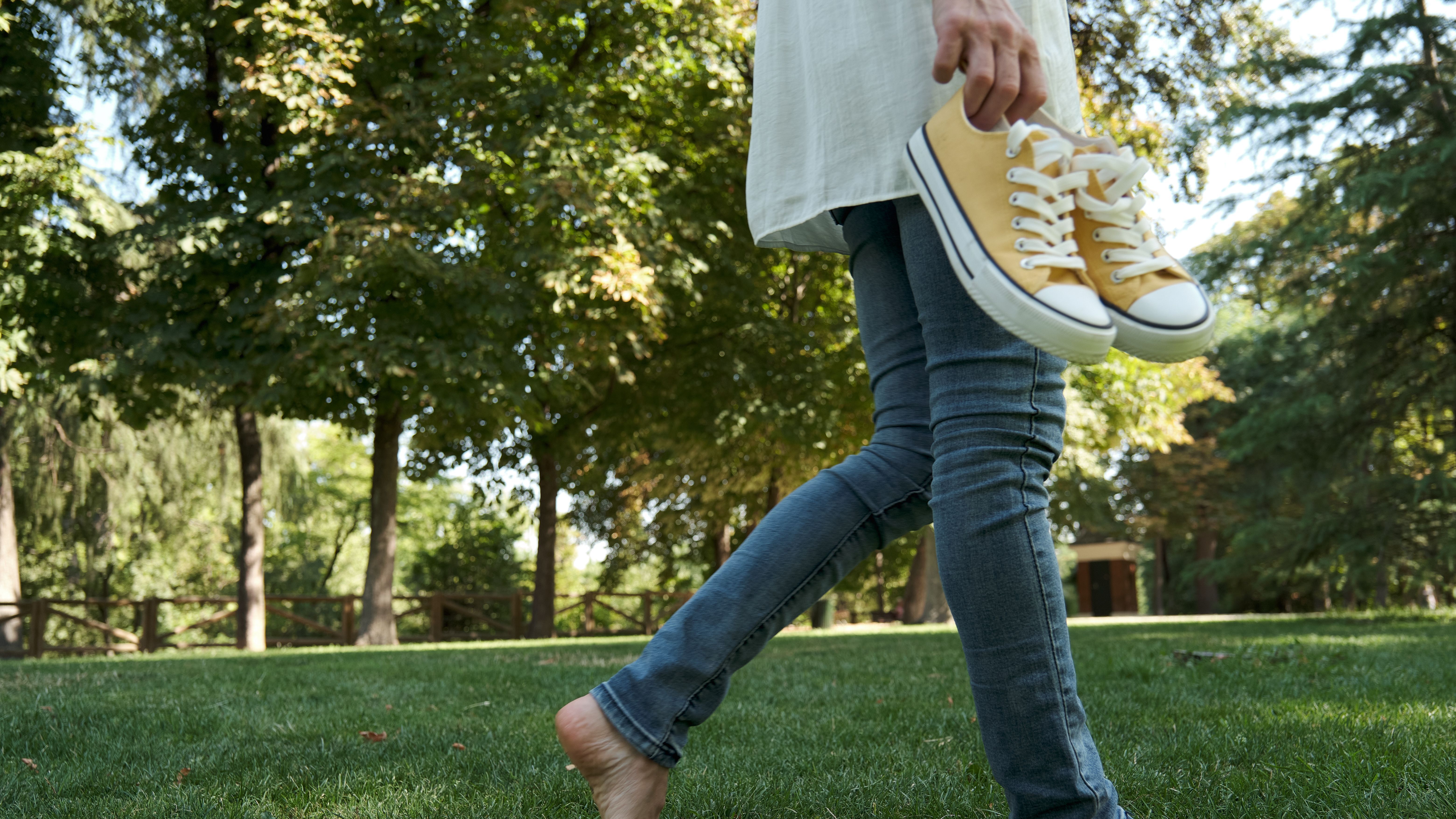
Galahad has some useful, practical tips for walking barefoot beginners.
“It’s good advice to start completely barefoot! Let your feet breathe, widen and flex and then if it’s cold or you need foot protection, wear barefoot-style shoes,” he says.
It’s best to start slow, take some time to appreciate the senses and most importantly, relax.
“Most of the brain is dedicated to movement so given the right information, it will naturally make the right decisions on how to move as long as you’re in the right frame of mind. The movement brain is the animal brain and needs to be allowed to flow rather than rationally trying to figure things out,” adds Galahad.
He adds that it’s wise to start indoors when it comes to walking barefoot.
“There is no harm in standing on something like a tennis ball to help awaken the nerve endings in your foot.”
Then, he says it’s best to get into nature.
"On the grass, in the sand, on a flat trail in the woods. Going barefoot is more than just walking or running; it’s about reconnecting with the world around us and regenerating our sense of connection with nature.”
Don’t think swerving hard surfaces is the best thing to do though.
“Funnily enough, the harder the surface, the better it is for the foot to ‘re-learn’ natural movement, as the sensory feedback is purer. It’s almost impossible to move ‘inaccurately’ on a hard surface as the brain won’t allow you to overstride or heel strike due to the pain! So going barefoot on marble is the ultimate training environment,” says Galahad.
Is it better to walk with shoes or barefoot?
“Barefoot is the gold standard and grounding in nature is the ultimate natural state,” says Galahad.
He explains that it’s only been fairly recently in the grand scheme of time that fashion-style shoes have entered the scene. This includes heels.
“Horse riding led to the design of pointy shoe shapes to get in the stirrups and heels to stop you falling out, which then translated into a world of fashion.”
Of course, barefoot isn’t always practical, so striking a healthy balance with barefoot when possible, and shoes at other times, could be a good way to go to achieve the benefits of barefoot walking.
Looking for more on this topic? Check out hiking vs walking to see which is more beneficial.
Lucy is a freelance journalist specializing in health, fitness and lifestyle. She was previously the Health and Fitness Editor across various women's magazines, including Woman&Home, Woman and Woman’s Own as well as Editor of Feel Good You. She has also previously written for titles including Now, Look, Cosmopolitan, GQ, Red and The Sun.
She lives and breathes all things fitness; working out every morning with a mix of running, weights, boxing and long walks. Lucy is a Level 3 personal trainer and teaches classes at various London studios. Plus, she's pre- and post-natal trained and helps new mums get back into fitness after the birth of their baby. Lucy claims that good sleep, plenty of food and a healthy gut (seriously, it's an obsession) are the key to maintaining energy and exercising efficiently. Saying this, she's partial to many classes of champagne and tequila on the rocks whilst out with her friends.
-
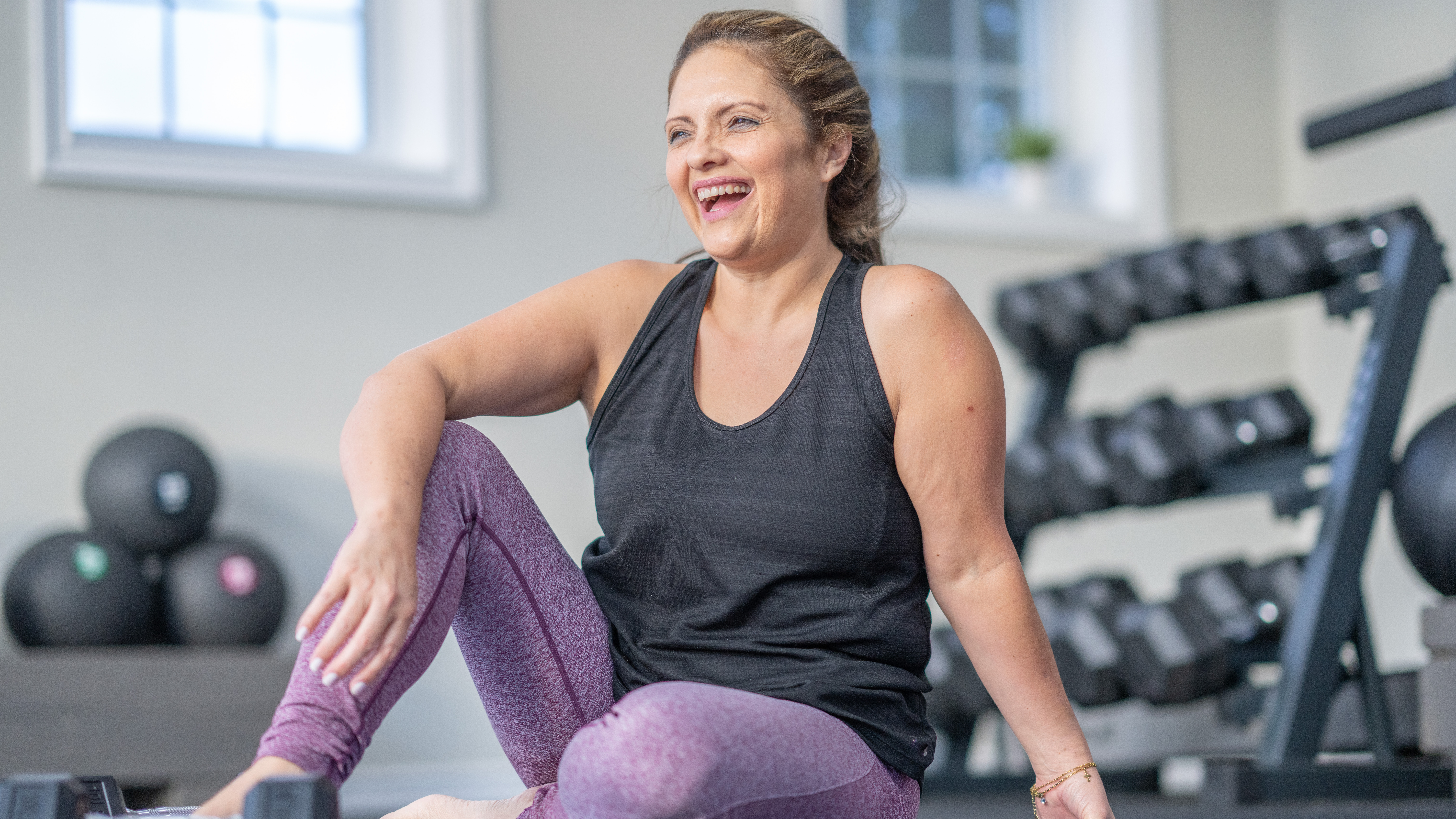 "If I could choose just five moves to future-proof my body, these would be it"—A trainer says this longevity workout will help you build lasting strength and mobility
"If I could choose just five moves to future-proof my body, these would be it"—A trainer says this longevity workout will help you build lasting strength and mobilityBy Lou Mudge
-
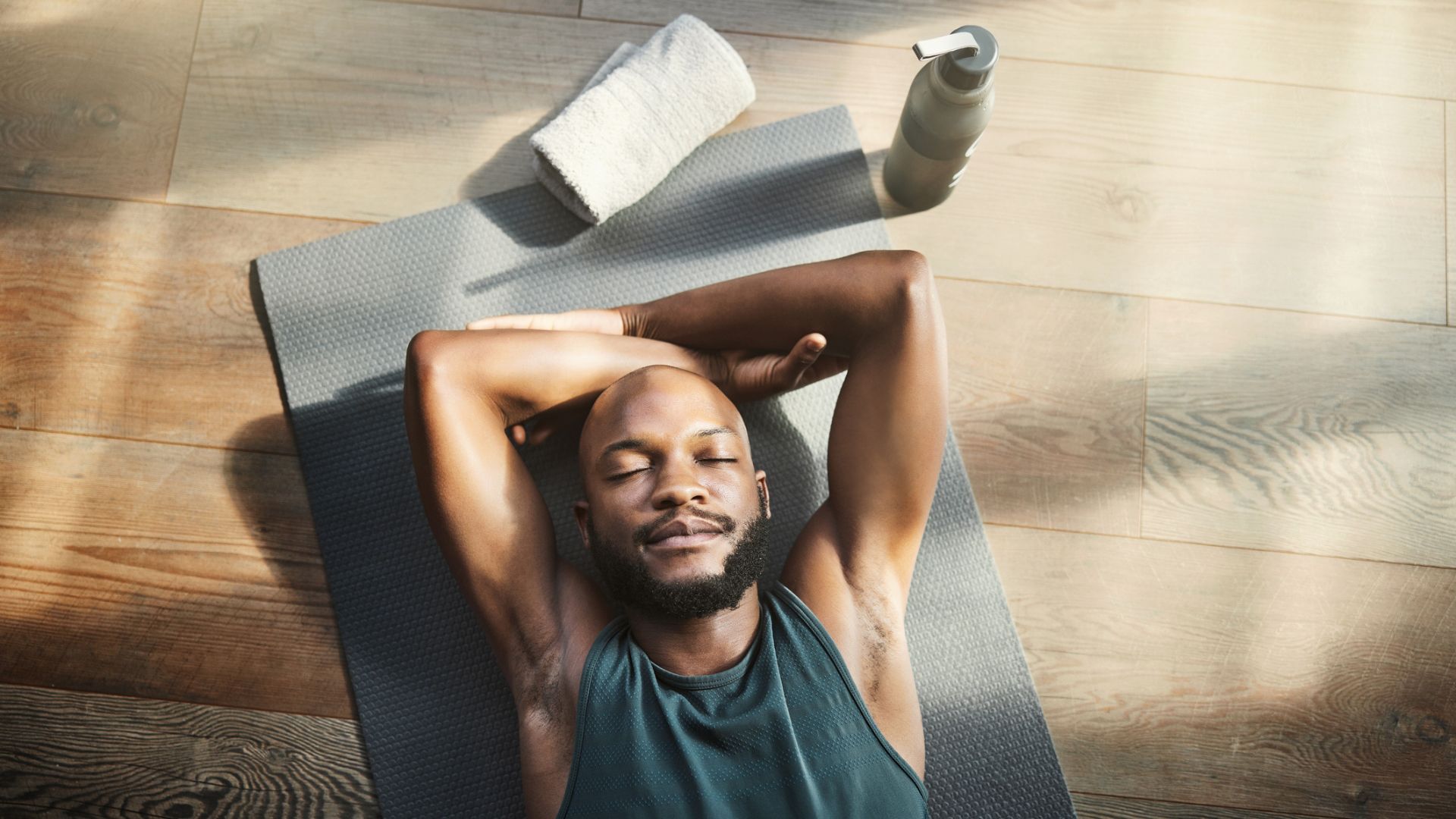 I tried four exercises designed to get rid of shoulder knots and I was surprised by the results
I tried four exercises designed to get rid of shoulder knots and I was surprised by the resultsA yoga instructor recommends this routine for reducing tightness in your upper body
By Alice Porter